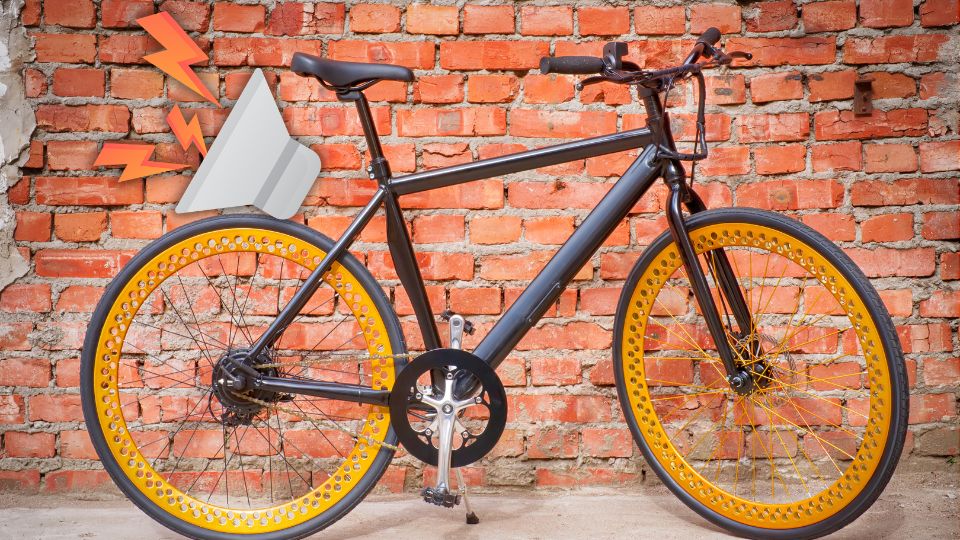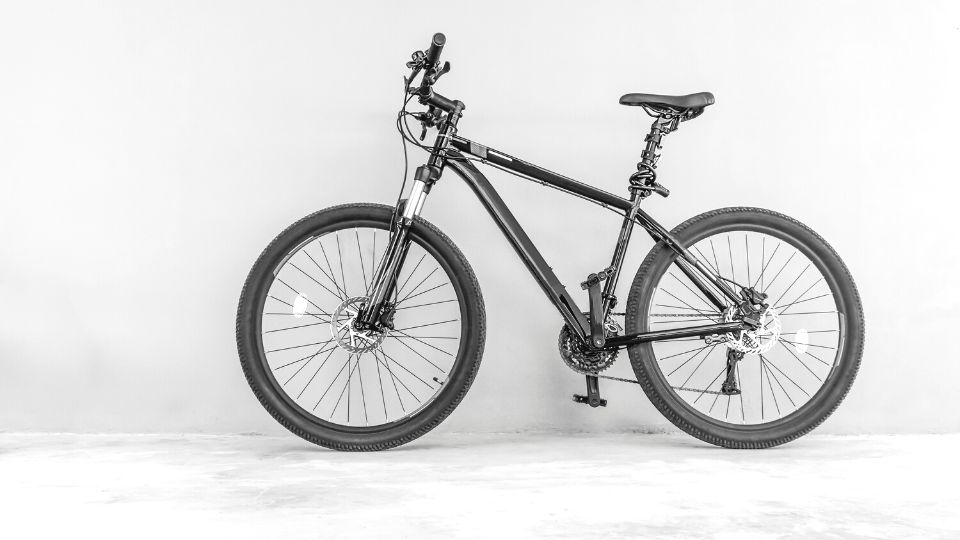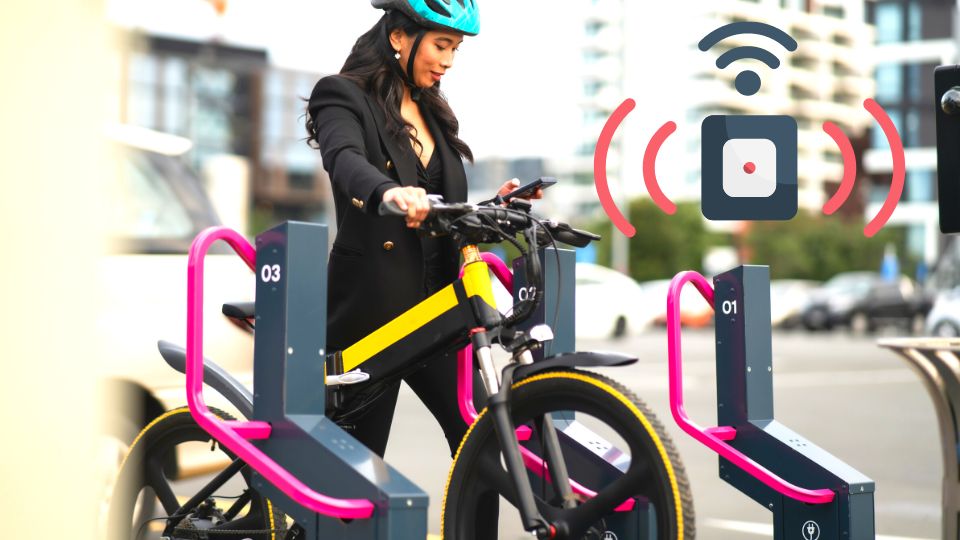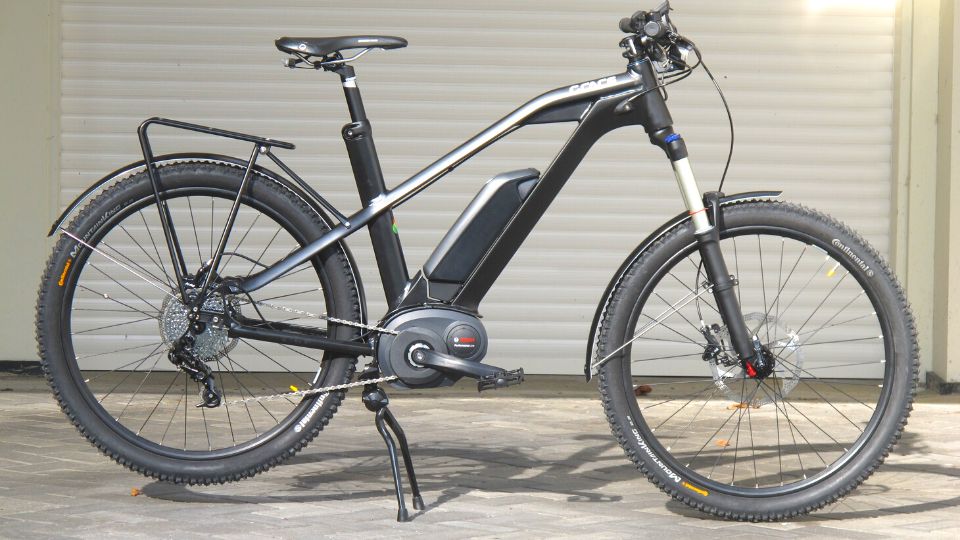Riding an electric bike can be a quiet and smooth experience, but sometimes strange noises can develop.
Electric bikes can make noise due to a variety of reasons, such as loose bolts or screws, misaligned components, worn-out bearings, chain issues, damaged brake components, or motor issues. Proper maintenance and inspection can help identify and fix the source of the noise.
In this article, we will discuss some common causes of noise in electric bikes and how to identify and fix them.
Common Causes of Noise in Electric Bikes
Electric bikes are known for their silent ride, but sometimes you may notice some unusual noises coming from your electric bike. These noises can be concerning and may indicate underlying issues that require attention. Here are some common causes of noise in electric bikes:
Loose bolts or screws
Over time, the vibrations from riding can cause bolts and screws to loosen. This can result in a rattling or clanking noise. Check the bike’s bolts and screws to ensure that they are tightened securely.
Start by examining the handlebars, stem, and saddle to ensure that they are securely fastened. Loose handlebars can be particularly dangerous, as they can cause loss of control while riding. Next, check the pedals, crankset, and bottom bracket to ensure that they are securely fastened. Finally, inspect the wheels and axles to make sure that they are properly tightened and secure.
If you notice any loose bolts or screws, use the appropriate tools to tighten them. However, be careful not to overtighten, as this can cause damage to the components. In general, it’s a good idea to check the bike’s bolts and screws regularly, as part of routine maintenance.
Misaligned components
Misaligned components are a common cause of noise in electric bikes. If the bike’s components are not properly aligned, it can result in friction and cause a rattling or grinding noise. The misalignment can occur due to several reasons, such as improper installation, impact from a crash, or normal wear and tear over time.
To diagnose the issue, start by inspecting the wheels to ensure that they are aligned and spinning freely. Check the brake pads to ensure that they are not rubbing against the wheel rim or rotor. You can also check the pedals and crankset to make sure that they are aligned and free of obstructions.
If you notice that any components are misaligned, you can try adjusting them yourself or take the bike to a professional mechanic for assistance. It is essential to address misaligned components promptly to prevent further damage to the bike and ensure a smooth and safe riding experience.
Worn-out bearings
Bearings are small components that help the wheels, pedals, or bottom bracket spin smoothly. Over time, these bearings can wear out, resulting in a grinding or rumbling noise. This noise can be especially noticeable when pedaling or coasting.
If you suspect that your electric bike’s bearings are worn out, the first step is to have them inspected. A bike mechanic can determine if the bearings need to be replaced or if they just need to be cleaned and lubricated. In some cases, worn-out bearings may also cause the bike to feel less responsive or less efficient, so it’s important to address the issue promptly.
To prevent premature bearing wear, keep your electric bike well-maintained. Regular cleaning and lubrication can help keep the bearings running smoothly. Additionally, avoid riding through deep water or mud, which can accelerate wear on the bearings.
Chain issues
A loose chain can cause noise as it slaps against the bike frame or derailleurs, while a dirty chain can cause friction and produce a squeaking sound.
To avoid chain issues, keep the chain clean and lubricated. Use a chain cleaner and lubricant to remove dirt and grime and keep the chain running smoothly. Additionally, make sure the chain is properly tensioned. If it’s too loose, it can produce noise and even fall off the gears. If it’s too tight, it can cause excess wear on the chain and gears.
Regularly inspect the chain for damage or wear. If the chain is stretched or has damaged links, it will need to be replaced. A worn-out chain can cause additional wear on other components and eventually lead to more serious issues.
Damaged brake components
Damaged brake components can not only cause noise but also pose a safety risk. Worn-out brake pads, rotors, or calipers can cause squeaking or grinding noises when braking, indicating that they need to be checked and possibly replaced. Ignoring these signs can lead to reduced braking power, longer stopping distances, and even accidents.
To prevent brake noise, you should regularly inspect the brake components and replace them when needed. Ensure that the brake pads are not worn down and that they make proper contact with the rotor. Clean the rotors and calipers regularly to prevent debris buildup, which can cause noise and premature wear.
For information on upgrading your eBike brakes and how this can impact the noise level of your electric bike, be sure to check out our article that provides helpful tips and considerations.
If the brakes continue to make noise even after proper maintenance, it may be time to take the bike to a professional for a more thorough inspection. In some cases, a professional tune-up or replacement of the entire brake system may be necessary to eliminate the noise and ensure proper braking performance.
Motor issues
The motor is the heart of the e-bike and responsible for powering the bike forward. However, if it is not functioning correctly, it can produce grinding, whining, or humming noises.
One common cause of motor issues is damage to the internal gears or other components. This can happen over time due to wear and tear or due to external factors such as impact or water damage. In some cases, the motor may need to be replaced entirely.
Another possible cause of motor noise is loose or damaged wiring. If the wiring is not securely connected or has become damaged, it can produce unusual sounds. This can be a safety hazard, as damaged wiring can also increase the risk of electrical problems.
For information on how to test the hub motor of your electric bike and troubleshoot any noise issues, don’t miss our article that provides expert advice and step-by-step instructions.
To address motor issues, it’s important to have the bike inspected and repaired by a professional. Attempting to fix the problem yourself can be dangerous and may cause further damage to the motor or other components. A professional bike mechanic can diagnose the issue and recommend the best course of action, whether it be repairing or replacing the motor.
Identifying the Source of the Noise
Electric bikes are known for their quiet and smooth operation, but if you start to hear strange noises, it can be a cause for concern. These noises can indicate a variety of issues, ranging from loose components to motor problems. Identifying the source of the noise is the first step in resolving the issue.
Tips for Identifying the Source of the Noise
- Ride slowly and listen carefully: Start by riding the bike slowly and listening for the noise. Pedal gently and avoid sudden movements that can mask the noise.
- Pay attention to the noise: Try to identify the type of noise you are hearing. Is it a grinding, rattling, or humming noise? This can give you a clue as to the source of the issue.
- Inspect the bike: Thoroughly inspect the bike to identify any loose or misaligned components. Check the bolts and screws, brakes, wheels, chain, and motor.
- Remove any accessories: Accessories such as baskets or panniers can rattle and create noise. Remove these accessories and see if the noise persists.
- Test different scenarios: Try to replicate the noise in different scenarios, such as pedaling hard, coasting, or turning. This can help you pinpoint the issue.
Once you have identified the type of noise and a general area where it is coming from, you should inspect the bike thoroughly to pinpoint the issue. Look for loose or misaligned components, worn-out parts, or signs of damage. A visual inspection can often reveal the problem.
Steps to Fixing the Noise Issue
Step 1: Identify the Source of the Noise
The first step in fixing the noise issue on your electric bike is to identify the source of the noise. Listen closely to the bike while riding slowly, and try to determine where the noise is coming from. This can help you narrow down the source of the problem.
Step 2: Inspect the Bike Thoroughly
Once you have identified the source of the noise, inspect the bike thoroughly. Check for loose bolts or screws, misaligned components, worn-out bearings, chain issues, or damaged brake components. This can help you pinpoint the exact issue and make the necessary repairs.
Step 3: Tightening Loose Bolts or Screws
If the noise is caused by loose bolts or screws, tighten them to secure the components in place. Loose bolts or screws can be tightened with a torque wrench or an Allen key.
Step 4: Realignment of Components
Misaligned components can cause friction and produce noise. Realignment of the brakes, wheels, and other components can solve the issue. Ensure that the components are aligned correctly.
Step 5: Replacement of Worn-out Bearings or Other Components
Worn-out bearings can cause grinding noises. Replace the bearings if they are damaged or worn-out. Other components that may need replacement include the chain or brake components.
Step 6: Repair or Replacement of Damaged Brake Components
Squeaking or grinding noises when braking may indicate damaged brake components. Repair or replace the brake components as necessary.
Step 7: Motor Repair or Replacement
A malfunctioning motor can produce grinding, whining, or humming noises. If you suspect a motor issue, have it inspected and repaired by a professional.
If you’re curious about the lifespan of electric bike motors and how this may impact the potential for noise issues, be sure to read our article that explores this topic in depth and provides helpful insights and considerations.
Conclusion
If you’re experiencing unusual noise on your electric bike, don’t ignore it. Noise can be a warning sign of a more serious issue and addressing the issue early can help prevent costly repairs down the road.
By understanding the common causes of electric bike noise and taking steps to fix them, you can enjoy a quiet and smooth ride on your electric bike once again.






